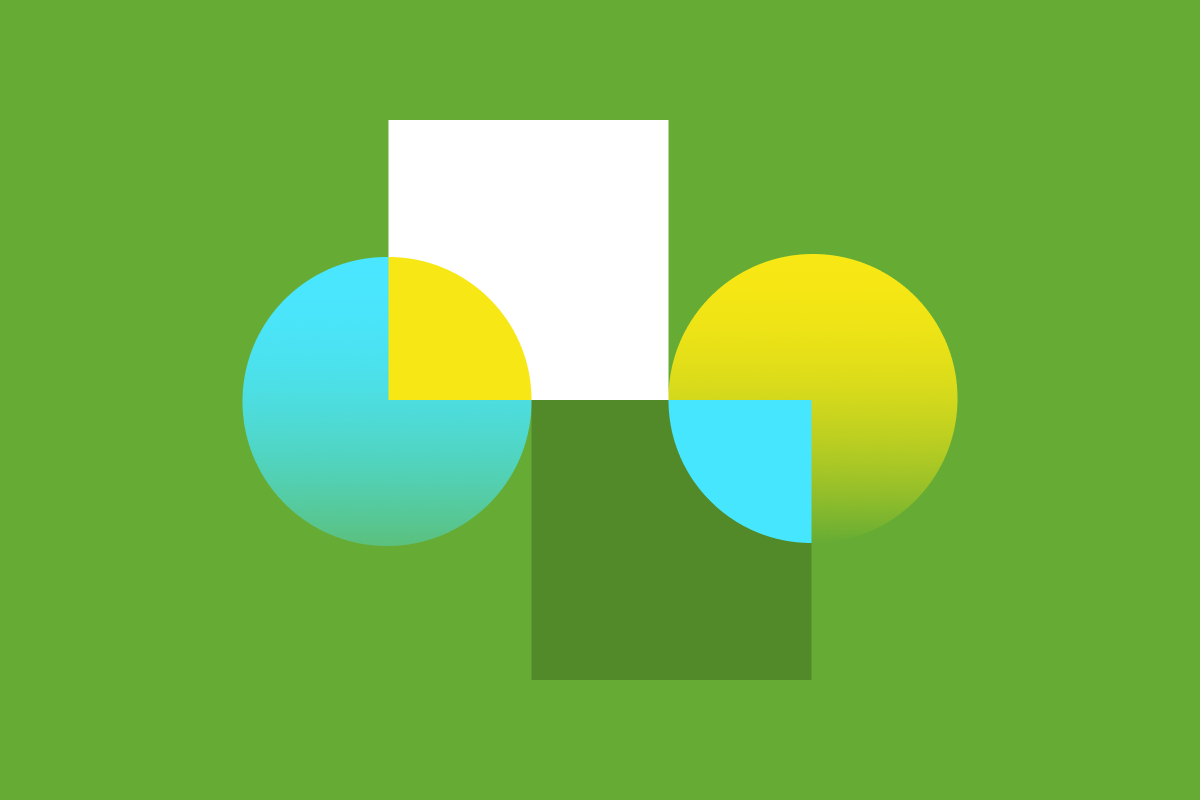A user-centered approach requires hard work and commitment. It’s also an iterative process that needs to be leveraged throughout the entire lifecycle of a product—from discovery and strategy to development and beyond. That is, user-centered thinking is most effective when it’s a constant. In our experience, you must strive for (and act on) a user-centered mindset as early as possible.
Recently, we were able to preemptively stymie future problems and generate more client buy-in during an engagement by bringing a user-centered approach to the discovery and strategy stages.
Let me explain.
User-Centered Thinking: Not a Warmup
There are a lot of misconceptions about user-centered thinking and design, but the one that seems to be the most commonplace is that it’s an isolated, incidental thing that happens one time during the course of a project. This couldn’t be farther from the truth. According to Dida Atassi, the Design Director at Accenture Song, teams must adapt, continuously, to an ever-changing landscape:
“In my experience, the biggest misconception about UX design is the belief that it’s done once, designed, and delivered. On the contrary, design is a living and breathing reflection of a user’s behaviors and patterns at a point in time. But, those behaviors change along with the world around us. Therefore, it’s important to recognize that understanding the user isn’t a one-time activity. It’s ongoing, and designs need to evolve alongside changing human behavior.”
This is the reason that user-centered design is (ideally) a four-step iterative process that encourages teams to revisit past stages throughout product development, as necessary. UX design isn’t just about the development process or developer role either. According to UX Myths, user-centered thinking should be a part of all stages and titles:
“UX design is a much broader process that—ideally—starts at the strategy level and affects the whole lifecycle of a project or a business.”
This applies to both ends of the product life cycle:
“A UX-driven process doesn’t end with the UIs either, it’s also about testing with people, supporting development, making ongoing adjustments even after the launch.”
The discovery and strategy phases are important to user-centered design because team buy-in is important to user-centered design, and the earlier and more widespread the buy-in the better. The more commitment there is to the concept among those involved, the better the concept works—when everyone is on the same page, each step in the process is faster and more efficient. You also avoid a lot of problems that might have cropped up down the road.
In short, user-centered thinking and design should be embraced throughout an organization and acted on from beginning to end. This means leveraging user-centered principles—regardless of role—at every stage of the product life cycle, including discovery, strategy, and post-launch.
Discovery, Strategy, and User-Centered Thinking: A Recent Reminder
As an organization, Sparkbox embraces user-centered design. We believe that UX is integral to the success of the work we do and the products we deliver—this extends to the discovery and strategy stages of a project. A recent engagement with a client served as a refresh on just how important user-centered thinking at the pre-development stages actually is.
In the first phase, Sparkbox was asked to perform a design system postmortem. The client’s original platform had died on the vine during the pandemic and they were starting from scratch; they wanted to know how they could avoid the same mistakes that led to their first design system to fall into disuse.
Among a host of other suggestions, Sparkbox recommended a comprehensive and meticulously maintained documentation website. This suggestion led to phase two: build the documentation website for the client’s new design system.
Leveraging UX design in the early stages—interviews, exploratory site maps, tree tests, card sorts, and other research—was integral to the success of the strategy as a whole. Here’s why: We learned a lot, early, and what we learned shifted the project in substantial ways.
Early interventions and iterations
Revealed the need for a single source of truth—it made the documentation website a top priority
Gave form to group hierarchy that was—it turns out—really needed
Put everyone involved in the product on the same page early on in the process
Earned widespread buy-in
Earned trust from those skeptical of the process and the product
We ultimately found ourselves partnered with a client that was composed of fiercely independent individuals—this caused us to focus on interpersonal solutions first. While the tests we ran may not have shifted, how we talked about them and the way we ran meetings did. Catching these communication and teamwork issues early also gave us time to earn buy-in, making the technical aspects of the work, later on, that much easier.
Had these shifts occurred in later stages, the time it would have taken to correct course would have taken that much longer. Had we not had the time to earn the buy-in, perhaps the course would have never even been corrected at a later stage. As it is, we never had to find out because the user-centered work we put in at the early stages set us up for success at the later stages. We were able to pivot (when it was called for) sooner rather than later and the buy-in we earned created the trust that made the pivots possible.
UX Design Principles: Setting Up For Success
When you approach the discovery and strategy stages with a user-centered mindset, it sets your projects up for success. Why? Because approaching the discovery and strategy stages with a user-centered mindset sets up user-centered design, as an entire concept, for success.
According to Myrto Papagiannakou, Partner and Head of User Experience at notallbad, the discovery phase is, intrinsically, user-centered and is meant as a space to
Contextualize the project and understand the problem or problems
Conduct research that leads to a better understanding of the user and their needs
Reach out to stakeholders across the organization and generate project support
Create alignment and agreement among stakeholders
These early stages are a microcosm of user-centered thinking as a whole. When applied up front, these principles serve as a user-centered roadmap for the rest of the project. The end product will benefit from user-centered design elements showing up at this stage, but perhaps not for the reasons you think. Sure, the “UX” in UX design gets a jumpstart, but think about how much stronger the execution of the user-centered design principles in later stages will be thanks to all of this prep. Your team—thanks to an early dose of user-centered thinking—will be practiced, committed, and prepared to iterate, ideate, pivot, respond, and adjust deep in the development phases.
According to the Nielsen Norman Group, “discoveries are crucial to setting design projects off in the right direction by focusing on the right problems and, consequently, building the right thing.” We are here to tell you that setting off in the right direction and building the right thing can just as easily apply to user-centered thinking and design principles that will take you through a project as it can to the nuts and bolts of product development. We would also argue that those two things are equally important.
So take it from us, the next time you launch your discovery and strategy phases think about how user-centered design can set the tone for the rest of the product life cycle. Setting a user-centered tone early and often provides better, more consistent results and eliminates more problems than you’ll ever realize you might have had.
Get A Free Guide to Becoming User-Centered
Investing in user experience is a solid and proven return on investment. Fill out this form and start evaluating your organization’s UX Needs, earning buy-in from stakeholders, and hiring help!

